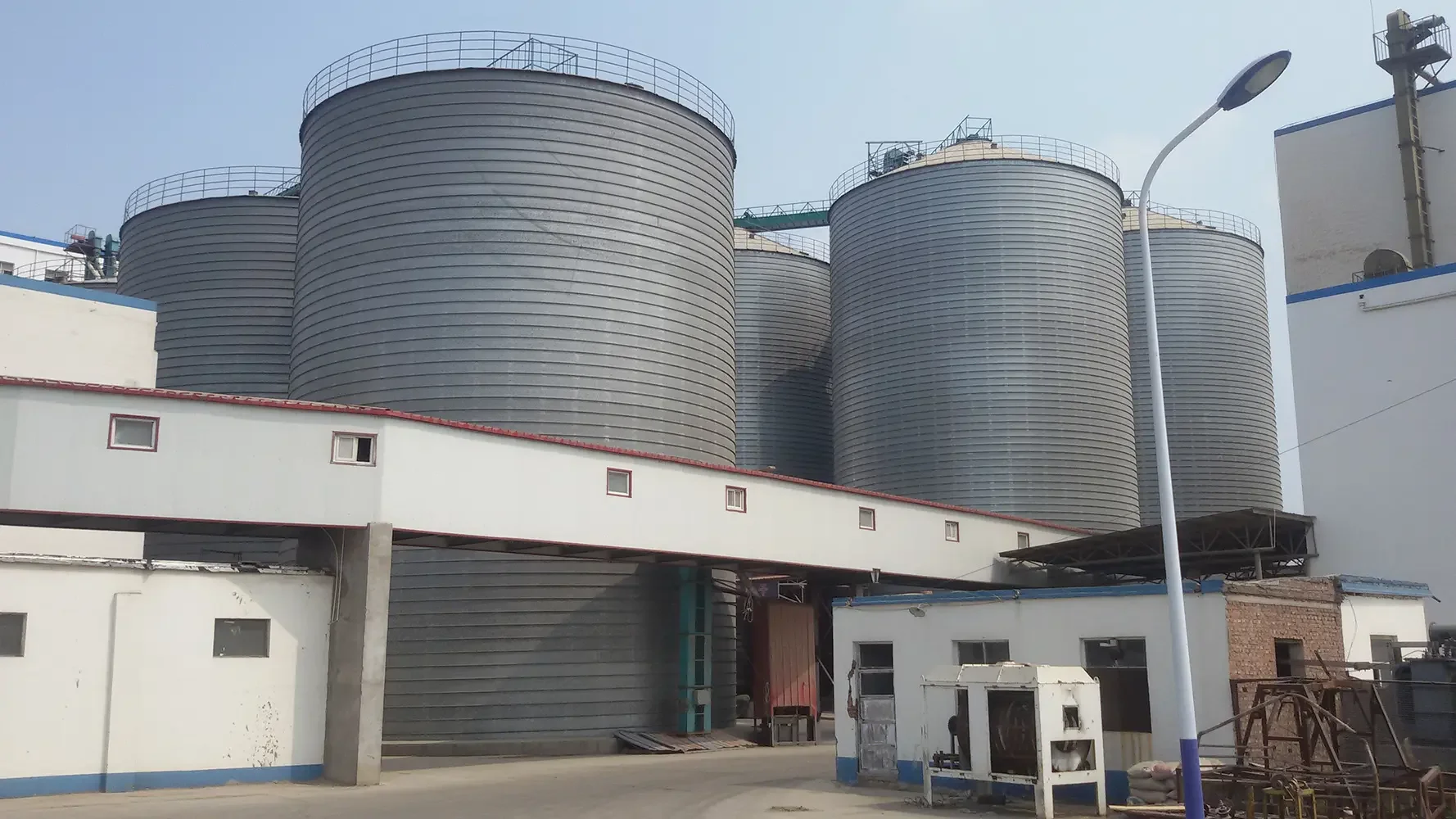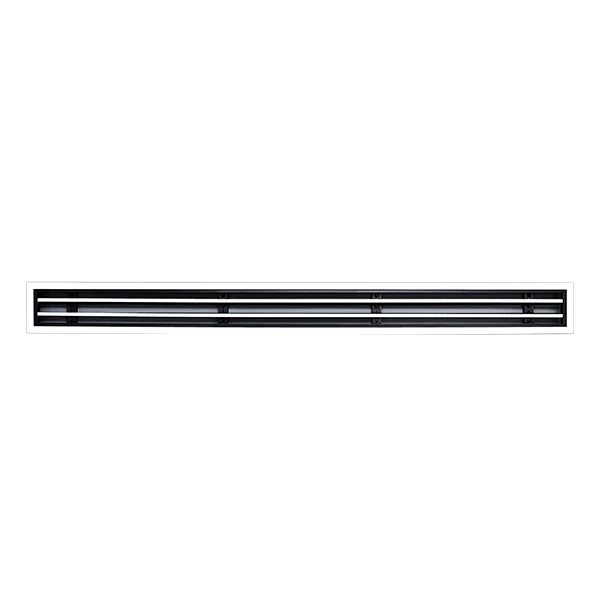In the realm of printing technology, laser printers have carved a niche for themselves, particularly in environments that demand high-volume, high-quality output. However, a common concern among users is whether these machines can suffer from drying out if left unused for extended periods. This article delves into the intricacies of laser printer operation, the implications of inactivity, and best practices for maintaining optimal performance.
Understanding Laser Printer Technology
To grasp the potential issues related to inactivity, it is essential to understand how laser printers function. Unlike inkjet printers, which utilize liquid ink that can dry out, laser printers rely on a dry powder known as toner. This toner is fused onto the paper using heat and pressure, resulting in crisp, high-resolution prints. The absence of liquid ink means that the risk of drying out is inherently lower; however, there are still factors to consider.
The Impact of Inactivity on Laser Printers
- Toner Quality and Performance: While toner itself does not dry out, it can clump or settle if left unused for long periods. This can lead to inconsistent print quality when the printer is finally engaged. Users may notice streaks, uneven coverage, or even complete failure to print if the toner cartridge has not been agitated or used regularly.
- Drum and Fuser Unit Considerations: The drum unit, which transfers the toner to the paper, and the fuser unit, which melts the toner onto the page, can also be affected by inactivity. The fuser, in particular, relies on heat to function correctly. If the printer is not used for an extended time, the fuser may not reach the optimal temperature quickly, leading to longer warm-up times and potential print quality issues.
- Environmental Factors: The environment in which a laser printer is stored plays a significant role in its longevity and performance. High humidity can cause toner to clump, while extremely dry conditions can lead to static electricity issues, affecting the transfer of toner to the paper. Dust accumulation can also interfere with the printer's internal components, leading to malfunctions.
Best Practices for Maintaining Laser Printers
To ensure that your laser printer remains in optimal condition, even during periods of inactivity, consider the following best practices:
- Regular Use: Aim to use your laser printer at least once a week. This helps to keep the toner agitated and prevents settling. If you print a variety of documents, it can also help maintain the health of the drum and fuser.
- Proper Storage: If you anticipate not using your printer for an extended period, store it in a controlled environment. Avoid places with extreme temperatures or humidity levels. Keeping the printer covered can also help minimize dust accumulation.
- Toner Management: When replacing toner cartridges, opt for high-quality products from reputable manufacturers. Generic or low-quality toners may not perform as well and can lead to clumping or other issues.
- Routine Maintenance: Regularly clean the printer's interior and exterior. Dust and debris can accumulate and affect performance. Follow the manufacturer's guidelines for cleaning and maintenance schedules.
- Firmware Updates: Keep your printer's firmware up to date. Manufacturers often release updates that can improve performance and fix bugs that may arise from inactivity.
Conclusion
In summary, while laser printers do not dry out in the traditional sense, they are not immune to the effects of prolonged inactivity. Users should be mindful of toner quality, the condition of the drum and fuser, and environmental factors that can impact performance. By implementing best practices for maintenance and regular use, you can ensure that your laser printer remains a reliable tool for all your printing needs, even after periods of dormancy. Understanding these nuances will not only extend the life of your printer but also enhance the quality of your printed materials, making it a worthwhile investment for both personal and professional use.


More Stories
How SBR Rubber Sheets Are Manufactured: From Compounding to Vulcanization
Exploring New Chapters of Development Together! Shuifa Singyes New Materials Participates in C-Touch & Display Shenzhen 2025 and Commercial Display
How to Choosing the Best Cylinder Essential Oil Packaging Box for Your Brand